Whale watching
Humpback whales:
Megaptera Novaeangliae
During the southern winter from August to October, Megaptera Novaeangliae arrive by the hundreds in the waters off Madagascar, where they are born, mate and stay to wean their young before returning to the cold waters.
These 15-18 metre long cetaceans have long pectoral fins that are characteristic of these species.
They have a very sociable character, which they demonstrate with spectacular jumps.
At our centre, we organise daily whale watching excursions.
We go out by boat, spot and approach groups of whales without disturbing them, which are generally females with their calves.
We pass them and within 100 metres of them we switch off the engines.

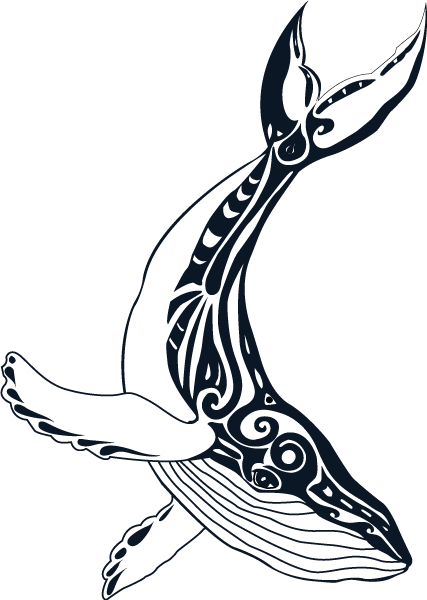

At this point, they are curious and come to meet us, passing close to us, allowing us to observe and photograph them at close quarters. With a bit of luck, we can hear their “song”, with which they communicate at great distances, and we can immerse ourselves with them to observe them underwater and take photos. When a group moves away, we go back to look for others, to get closer to them and continue the enchantment…
Humpback whales

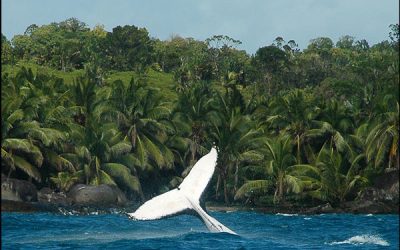


The humpback whales we see every year in the Nosy Be region travel around 6000 km from the far south to get here.
They move from feeding grounds in the Deep South to breeding grounds and vice versa, a process known as the whale migratory cycle.
What a pleasure it is to enjoy the famous spectacular breaching jumps, the beating of the tail fin and the powerful blowing that make up a captivating and unforgettable spectacle.
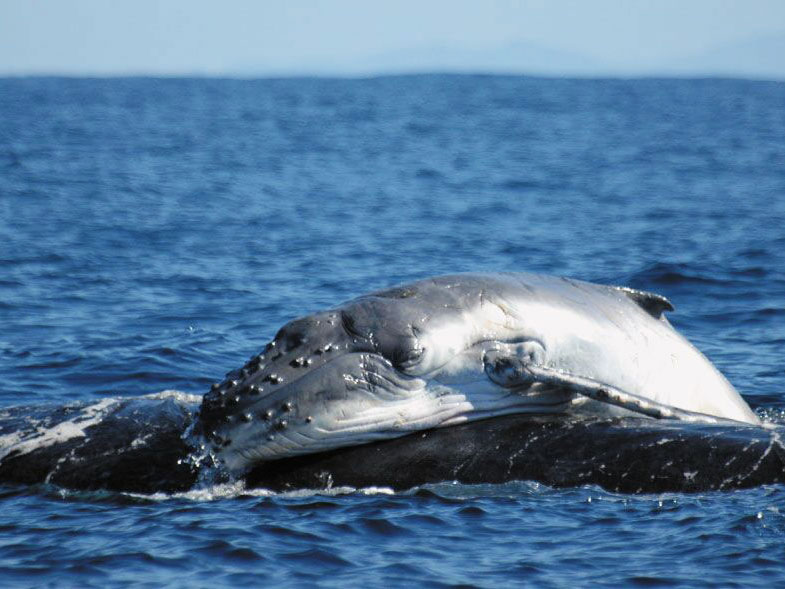
The whale calf
The calf measures around 4 metres and weighs over 600kg. It never strays far from its mother. They can be seen emerging from the water and performing spectacular leaps.
Mother whale and her calf.
These magnificent moments in video of tenderness between a mother whale and her calf from our boat Alcione.
Breaching, blowing, spinning, the little calf is still learning and trying to prove itself to its mother. It spins around before emerging from the water.
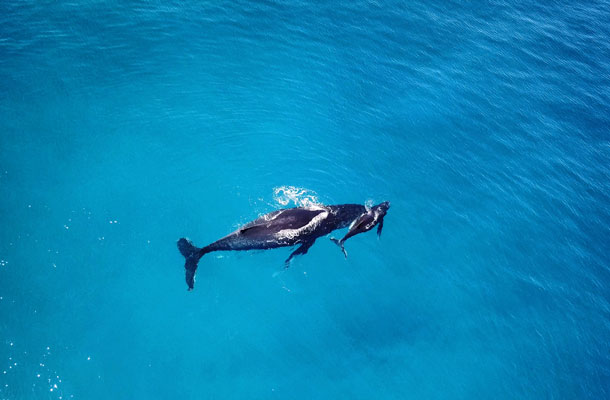
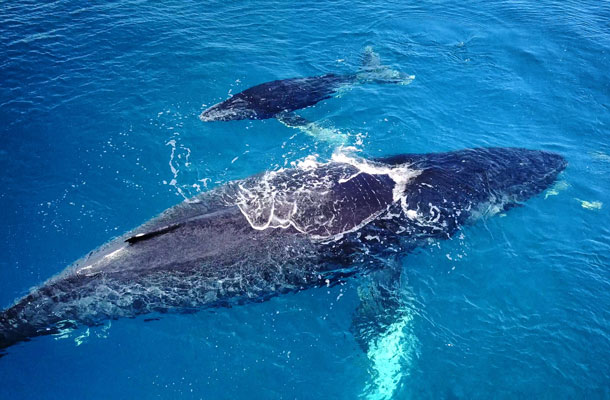

The mother’s pectoral fin guides her calf.
The calf passes under its mother in order to feed. Part of the 40 litres of mother’s milk produced every day will be ingested during this intake. Humpback whale milk is very fatty and nutritious, enabling the baby to put on weight very quickly and cope with the long journey back to Antarctica.

This video, filmed by drone, includes a breastfeeding sequence as well as a moving scene of the mother whale guiding her calf through the deep blue sea.
Marine conservation

The world is engaged in a race against climate change, but the various conferences on climate change are bringing little change.
We are responsible and involved in ecology and human relations, with humility and kindness towards all living beings on our planet.
We remain positive about the changes initiated by groups of humans who are ‘aware’ of the growing threat of our devastating imperialism, and we are determined to take action.
Ecological, economic, political and religious upheavals have been numerous and continue to be so.
Man’s actions on the planet to increase profitability are a real scourge for our environment.

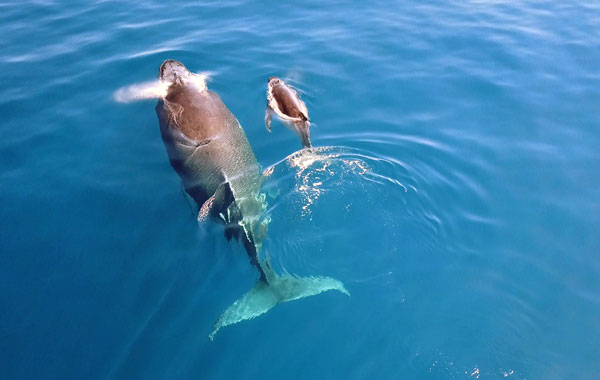
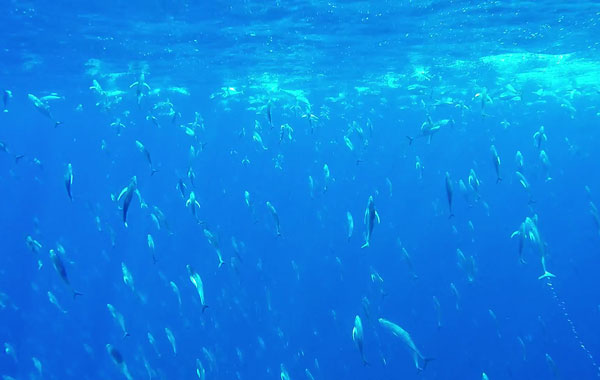
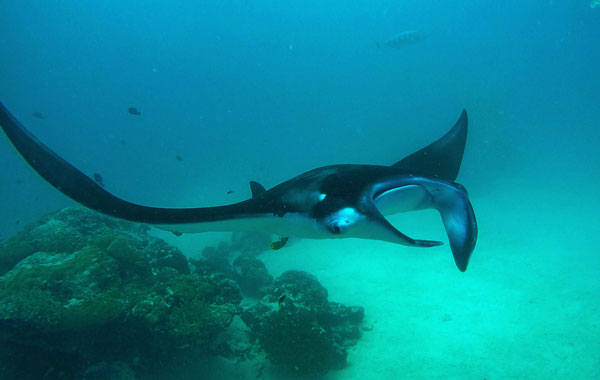
By reconnecting with our environment, mankind must regain its place in this diverse yet unfamiliar world, because it has proudly extracted itself from it, prioritising its selfish condition for economic ends that destroy our planet.
Just like the majestic creatures that are whales, dolphins, sharks and all these living beings, Man is the richness of our planet. Unfortunately, the latter has made the world its own, forgetting that it is just one link in the great chain that makes it so diverse. So it’s our duty, and an urgent one, to reconnect with our surroundings in a spirit of modesty, humility and kindness, if we don’t want to lose ourselves and see living species disappear.

"Nature, the oceans, the seabed and the animals that inhabit them
constantly remind us of their essential connection with the Whole".Cetaceans are close-knit social groups.
We hope to do this in a respectful and harmonious way, in the hope of raising tourists’ awareness, connecting them with Nature and giving them a sense of responsibility.
In fact, they will be the future initiators of the preservation of our planet and the protection of the ‘Giants’ of the sea, in the face of intensive fishing and the degradation of their living environment. We firmly hope that many of us want to see a change for the better in our world and the living environments it shelters.
There are many sensitive and committed people who are trying to preserve and showcase the wonders that surround us. We are responsible and active players in our own lives.
It’s up to us to change the way we live, by adapting to Nature and not the other way round, by respecting diversity, whether human, animal, plant or mineral, so that we can live better together and protect our environment.
Our planet is “Mother” to us all. The ancients called it GAIA.
Now, more than ever, we have a duty to reconnect with all the species that inhabit the planet, and repair the damage we have done for our own fleeting well-being.

Biodiversity
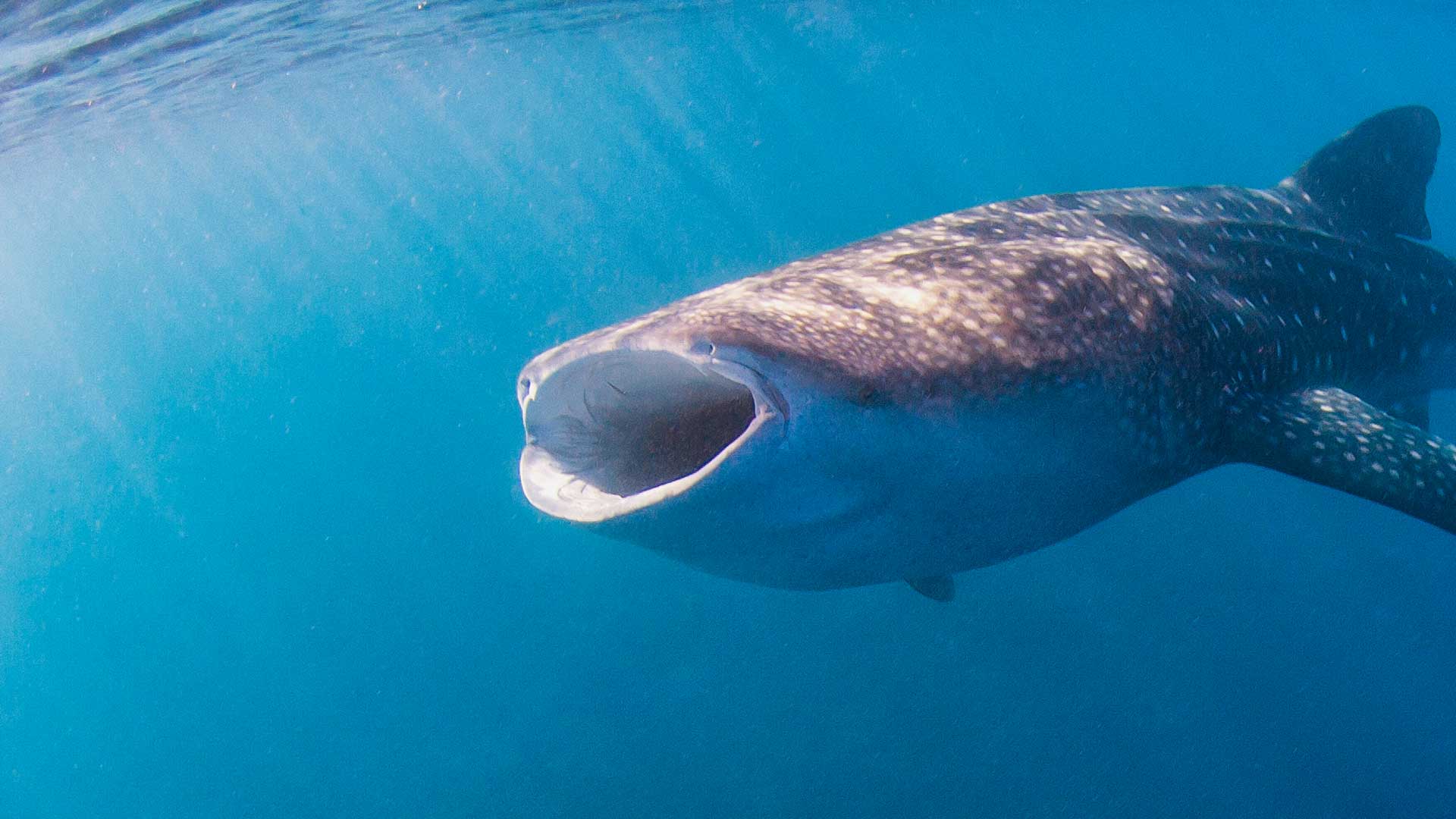
Whale shark
Observe and swim alongside the largest fish in the ocean, the whale shark, Rhincodon typus.
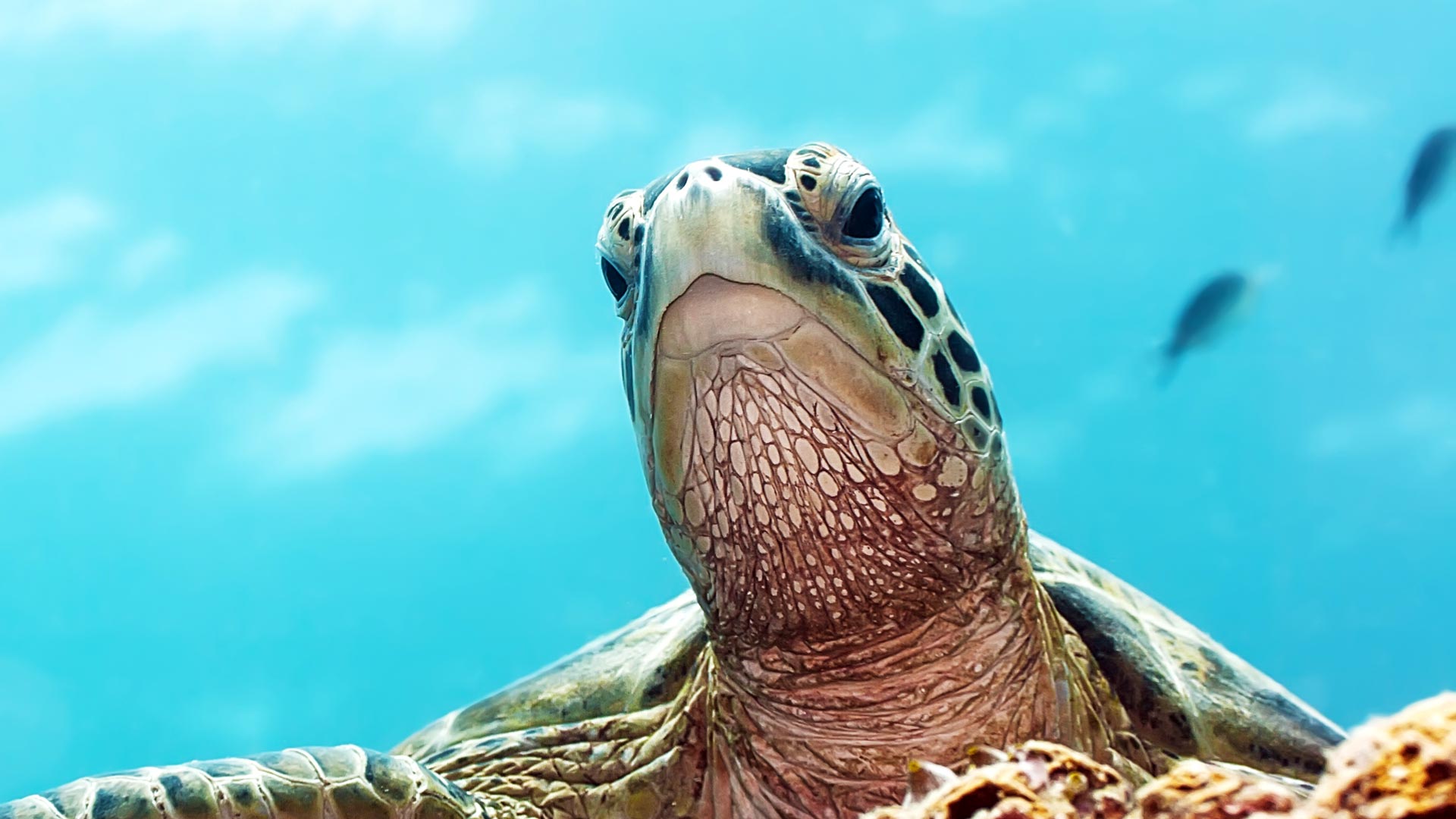
Turtle
Dive or snorkel to observe the green turtles and hawksbill turtles present in the region.



